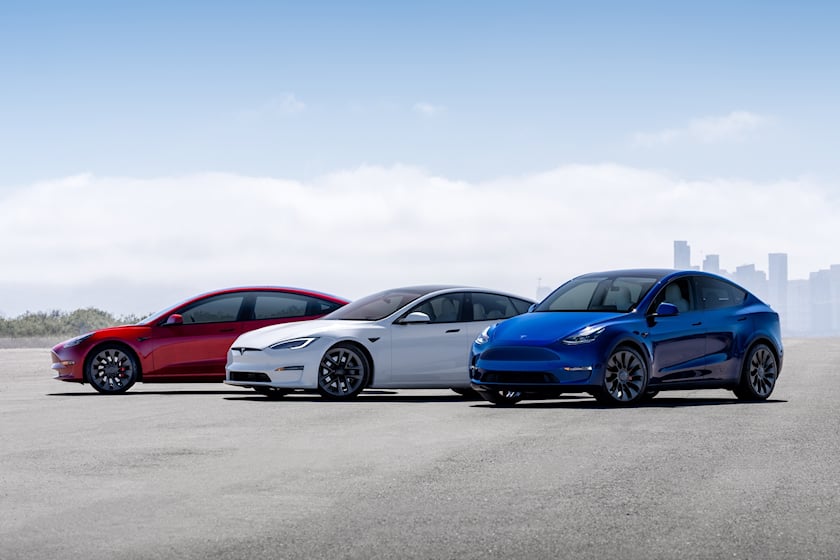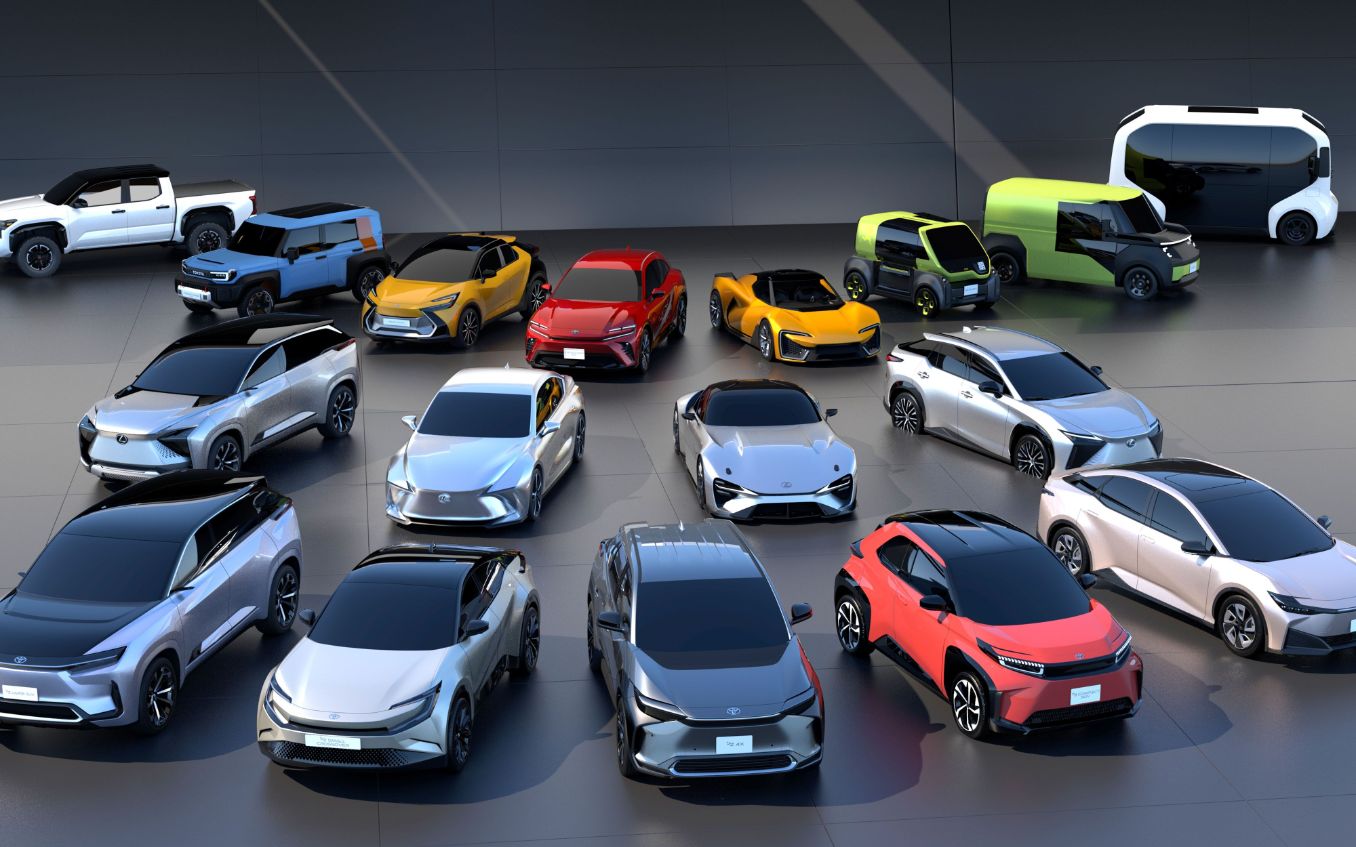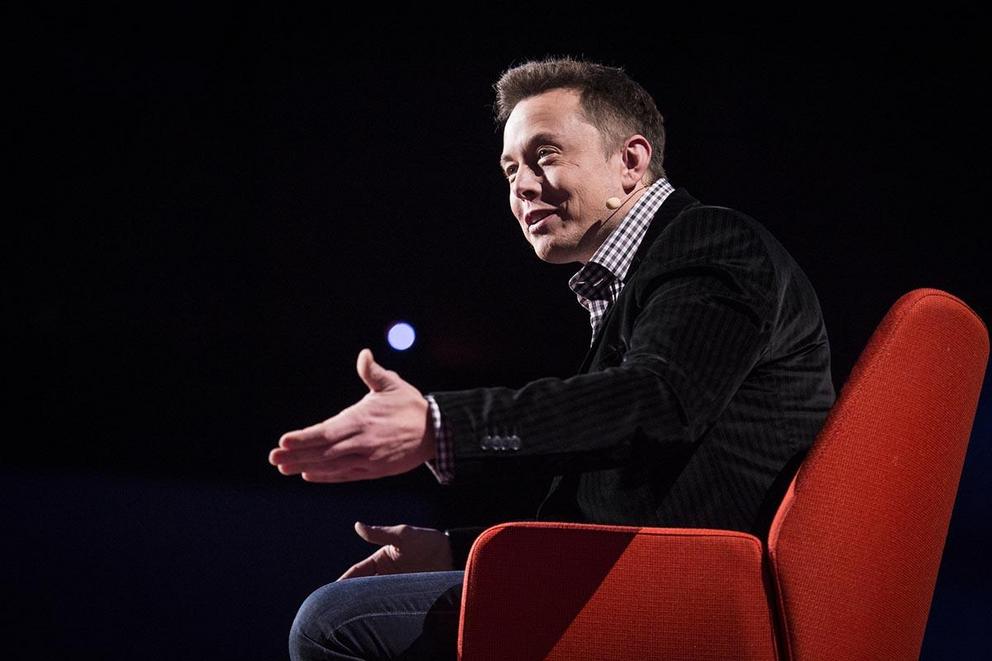In a recent shareholder letter, Tesla announced that it plans to continue reducing the costs of its electric vehicles and increasing production rates in the near future.
This statement follows a series of price drops for Tesla’s electric vehicles worldwide, which sparked reactions from rival executives in the automotive industry.
The company went on to say the following, regarding its price cuts strategy:
“As we progress into 2023, we know that there are questions about the near-term impact of an uncertain macroeconomic environment, and in particular, with rising interest rates. The Tesla team is used to challenges, given the culture quired to get the company to where it is today. In the near term we are accelerating our cost reduction roadmap and driving towards higher production rates, while staying focused on executing against the next phase of our roadmap.”
The letter highlighted that Tesla had a record-breaking fourth quarter and full year in terms of revenue, operating income, and net income, which may concern some investors as the lowering of car prices directly impacts revenue.
But Tesla assures everybody involved that things will be ok, basically, calling on its past to predict the future:
“Our ASPs (average selling price) have generally been on a downward trajectory for many years. Improving affordability is necessary to become a multi-million vehicle producer. While ASPs halved between 2017 and 2022, our operating margin consistently improved from approximately negative 14% to positive 17% in the same period. This margin expansion was achieved through introduction of lower cost models, buildout of localized, more-efficient factories, vehicle cost reduction and operating leverage,” added the company in its shareholder letter.
However, Tesla reassured that its profit margin has increased considerably over the past five years, even as the selling price of its models decreased.
In terms of future plans, Tesla aims to grow production as rapidly as possible, with an estimated 1.8 million vehicles planned for 2023. The company also mentioned that it has enough liquidity to fund its product roadmap, long-term capacity expansion, and other expenses.







